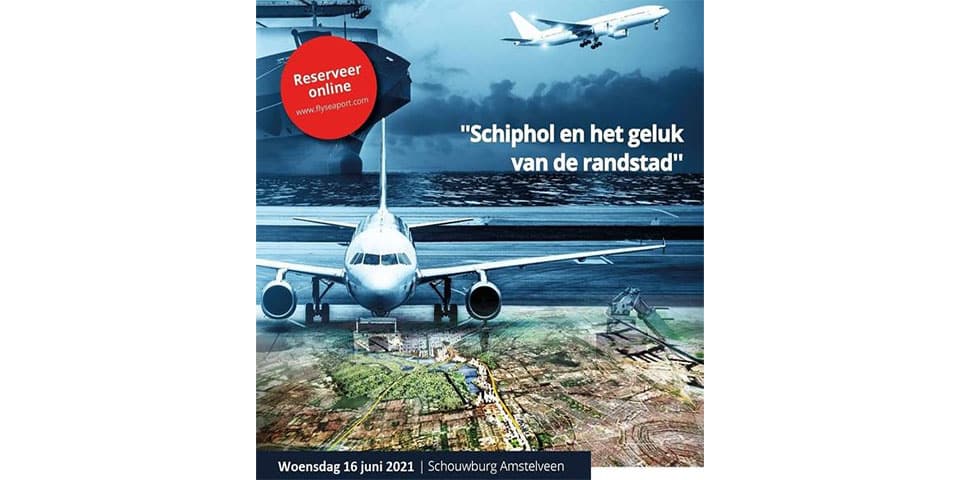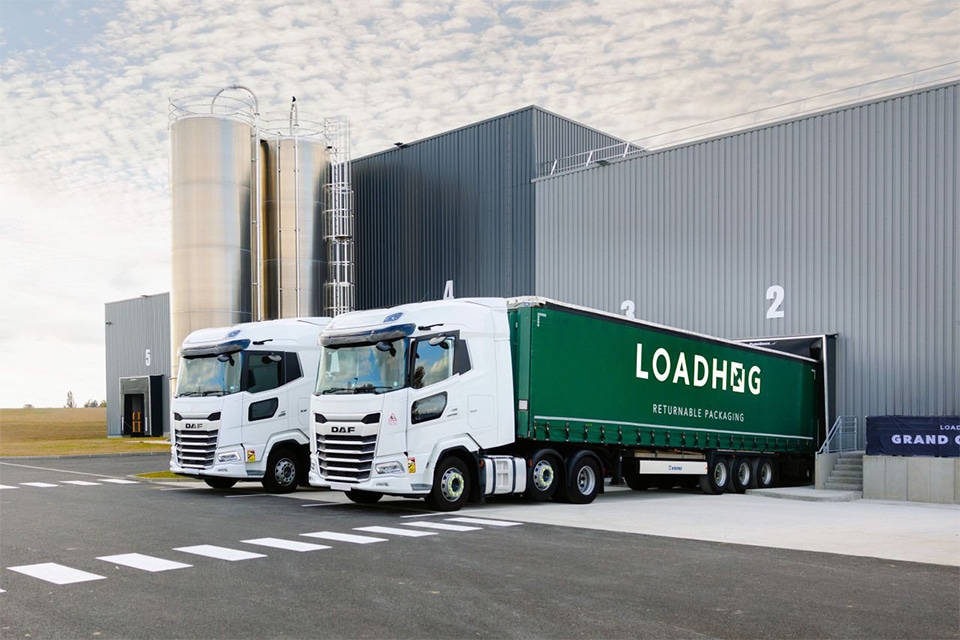
High time for new perspective aviation and the future of Schiphol
The corona crisis is causing a deep crisis in the global aviation industry. Therefore, it is particularly important now to take concrete steps to provide this sector and its spin-off with new prospects.
Just before the corona crisis, Schiphol's growth model was already squeaking and creaking. The airport was running up against the limits of the living environment, the climate and the environment. Schiphol put a huge strain on the space available for much-needed housing development in the Amsterdam region.
Especially now new solutions must be found for mobility, spatial planning, housing, recreation, public health, leisure and the nuisance caused by noise, emissions and safety. At the same time, Schiphol as a national airport deserves the chance to realize its great ambitions internationally. Therefore, Schiphol and the Dutch government must NOW join hands and take their social responsibility.
Schiphol currently occupies a huge area of 3,200 hectares in the middle of the Randstad conurbation, not including the yet desired expansion. The presence of the airport hinders housing development in the far surroundings. Adjacent municipalities cannot build housing because of noise and environmental regulations.
The Netherlands needs space to live, work and recreate, especially in the Randstad. The only solution to this stalemate is a relocation of Schiphol to the sea. A solution that has already taken place in several places worldwide!
Therefore, the government should start building a new airport in the sea as soon as possible, together with an efficient transport connection to the terminals and economic activities at the current location. The currently needed runway space will then be freed up for the highly necessary spatial development of the Randstad.
This idea is the focus of the FLY SEAPORT 2021 congress. This congress is scheduled for June 16, 2021 at the Schouwburg in Amstelveen. At the congress, well-known experts will speak about the feasibility, desirability and necessity of a national airport at sea.



